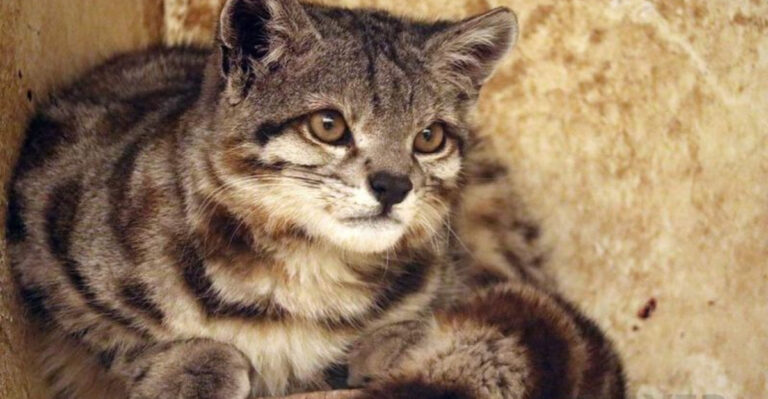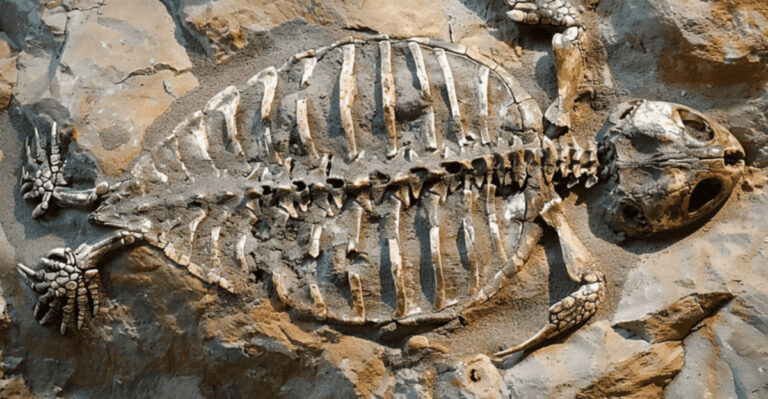12 Non-Native Invasive Birds Taking Over America
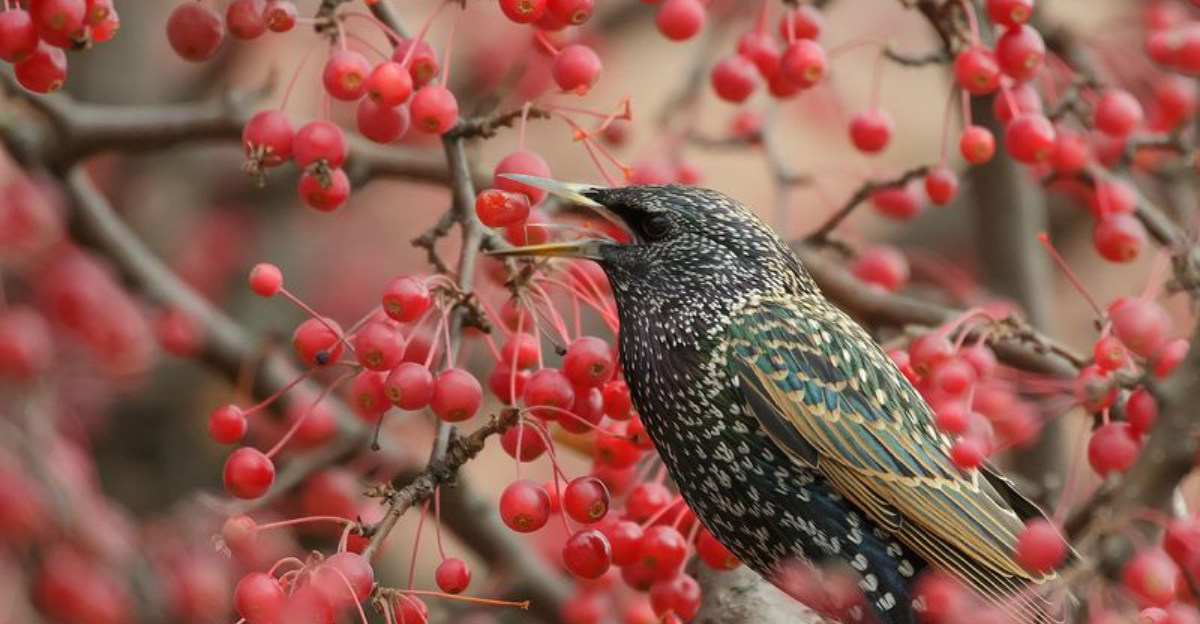
Birdwatching enthusiasts and casual observers alike often marvel at the vibrant avian life across the United States. However, not all feathered visitors are as benign as they seem.
Some non-native bird species have established themselves in North America, often to the detriment of local ecosystems.
These invaders can outcompete native birds for resources, spread diseases, and disrupt agricultural activities. Understanding which species pose the greatest threats is crucial for conservation efforts and maintaining biodiversity.
1. House Sparrow
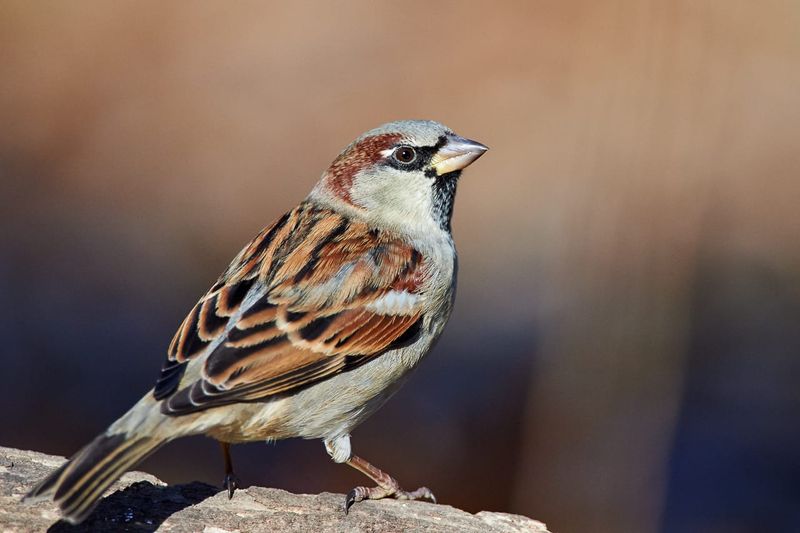
House Sparrows, with their familiar chirp and bustling nature, are originally from Europe and Asia. Brought to America in the mid-1800s, they quickly spread across the continent, thriving in urban and suburban areas.
These birds are small but aggressive, often outcompeting native species for food and nesting spaces. They can be found in bustling cityscapes as well as quiet neighborhoods, adding a lively touch to many backyards.
However, their presence can sometimes lead to a decline in native bird populations.
2. Rock Pigeon
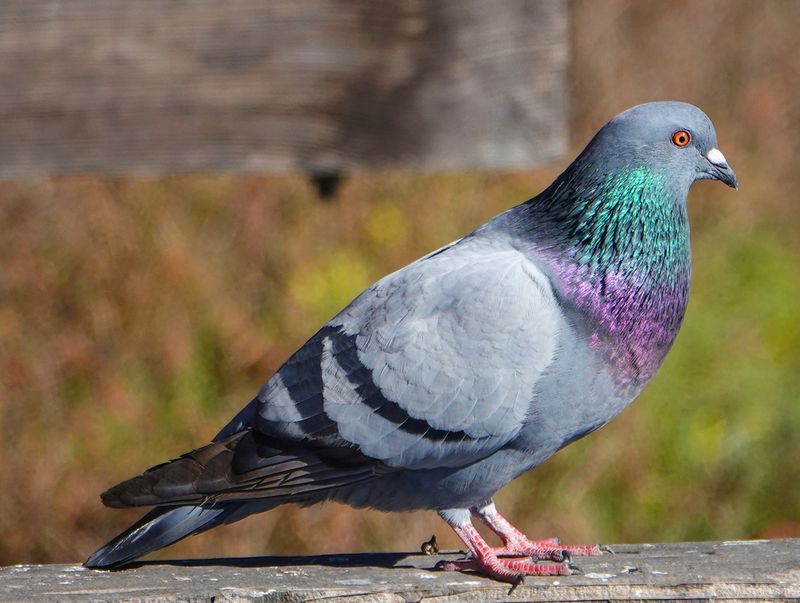
The Rock Pigeon, commonly seen in cities, hails from Europe, North Africa, and parts of Asia. These birds are easily recognized by their plump bodies and cooing sounds. Introduced to North America centuries ago, they have become a staple of urban life.
Despite their common appearance, Rock Pigeons can carry diseases that affect native bird populations and even humans.
Their ability to thrive in densely populated areas makes them a constant presence in city squares, parks, and rooftops, often scavenging for food scraps.
3. European Starling
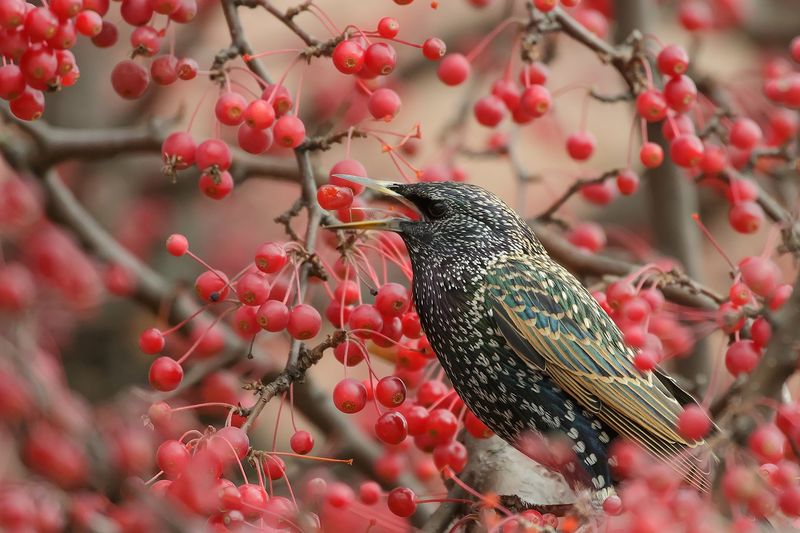
The European Starling is a striking bird with iridescent feathers that sparkle under the sun. Originally from Europe, it was introduced to North America in the late 1800s by a group of Shakespeare enthusiasts. These birds are highly adaptable and can be found in urban and rural areas alike.
While their shimmering appearance might be captivating, starlings can cause problems for native bird species by competing for food and nesting sites.
They are known to gather in massive flocks, sometimes creating a noisy spectacle in city parks or open fields.
4. Mute Swan
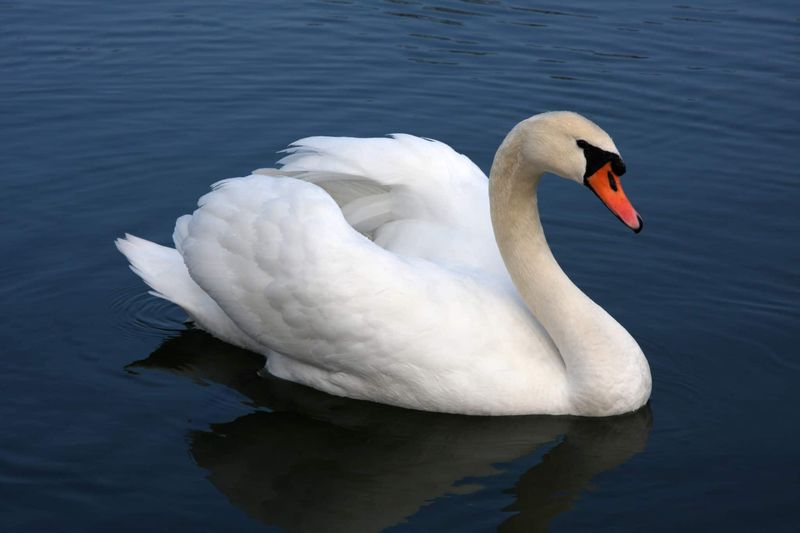
Mute Swans are a symbol of elegance and beauty, with their striking white plumage and graceful movements.
Originally from Europe and Asia, they were brought to America in the 19th century for ornamental purposes in parks and estates.
These large birds, however, can be quite territorial and may disrupt local ecosystems by outcompeting native waterfowl for resources.
Their presence in ponds and lakes is often picturesque, yet their impact on aquatic plants and other wildlife can be significant.
5. Eurasian Collared-Dove
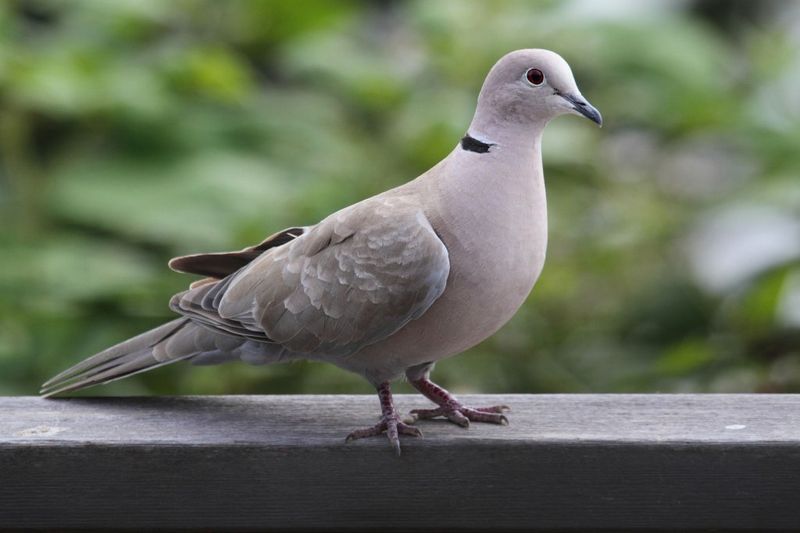
The Eurasian Collared-Dove is known for its gentle cooing and soft gray feathers. Originating from Europe and Asia, it began spreading across North America in the late 20th century.
These doves are adaptable and thrive in both urban and rural areas, often seen perched on telephone wires or in backyards.
While they bring a gentle presence to many landscapes, their rapid population growth can sometimes overwhelm local ecosystems and compete with native dove species for food and nesting spaces.
6. Monk Parakeet
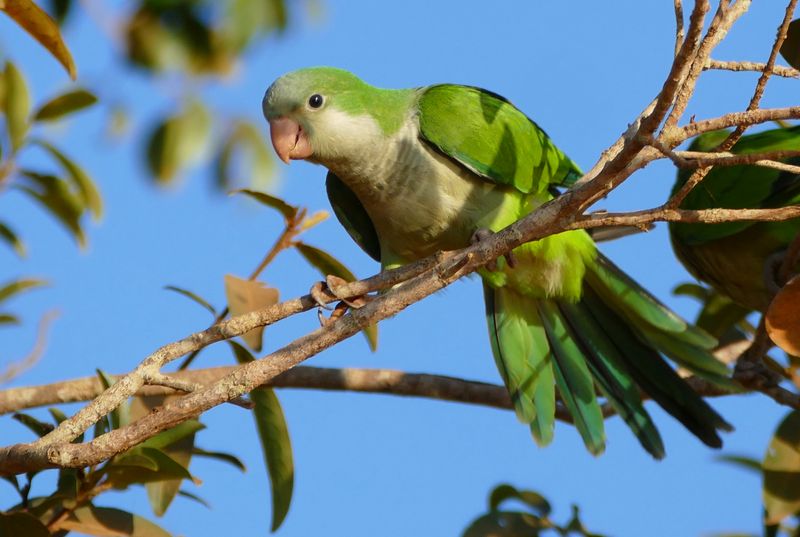
Monk Parakeets, with their bright green feathers and social nature, are native to South America. These clever birds have made their way to North America, often seen building large, communal nests in urban areas.
Their unique nesting habits can sometimes cause conflicts, especially when they choose utility poles or other infrastructure as their home base.
Despite this, their cheerful chatter and vibrant appearance bring a tropical feel to city environments, making them a favorite among birdwatchers.
7. Nutmeg Mannikin

The Nutmeg Mannikin, also known as the Spice Finch, is native to Asia and has found its way to parts of the United States. These small birds are admired for their beautifully speckled feathers and melodious songs.
Often found in gardens and open fields, they feed on seeds and small insects. While their presence is visually pleasing, they can sometimes disrupt local ecosystems by competing with native seed-eating birds.
Their charming chirps and distinctive appearance make them a delightful sight in many landscapes.
8. Red-Whiskered Bulbul
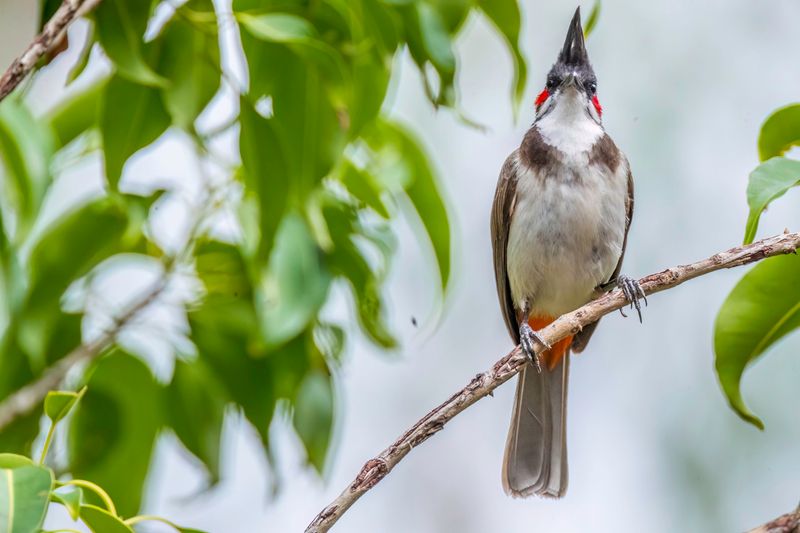
Red-whiskered Bulbuls, with their distinctive red cheek patches and lively songs, originate from Asia. They’ve established populations in parts of the United States, particularly in warmer climates.
These energetic birds are often seen flitting through gardens and parks, adding a splash of color and sound.
While they bring a tropical charm to their surroundings, they can also pose a threat to native species by competing for food and habitat. Their presence is both captivating and concerning.
9. Java Sparrow
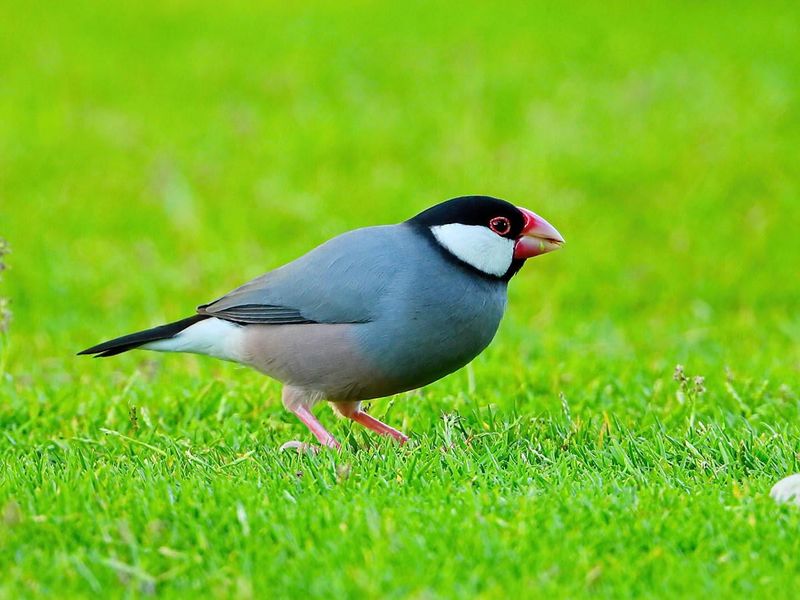
Java Sparrows, with their striking black and white plumage and vibrant pink beaks, are native to Indonesia. In America, they are sometimes spotted in avian communities within tropical areas.
These sociable birds are often found in flocks, chirping and fluttering about. Although they add an exotic flair to their surroundings, they can compete with native birds for food and nesting sites.
Their elegant appearance and lively behavior make them a fascinating, yet sometimes problematic, addition to the avian landscape.
10. Cattle Egret
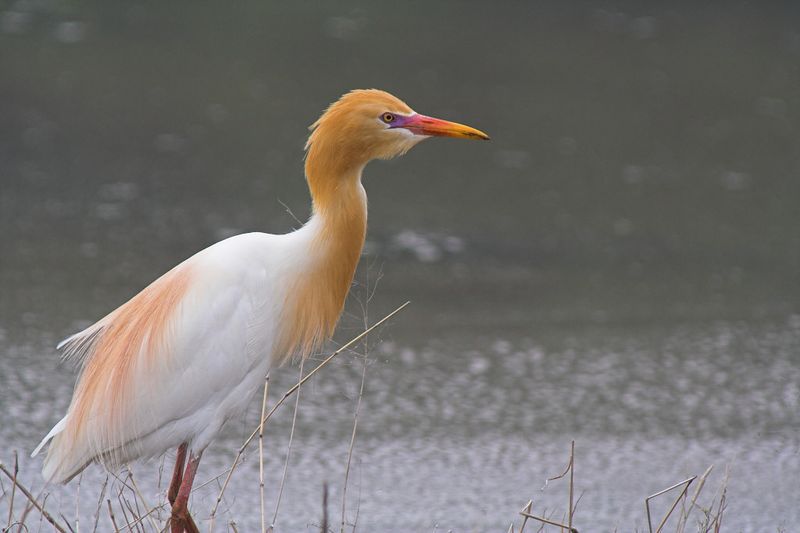
Cattle Egrets, with their snowy white feathers and habit of following livestock, are originally from Africa and Asia. They arrived in America in the mid-20th century and quickly adapted to rural landscapes.
These birds are often seen in fields or pastures, where they feed on insects stirred up by cattle. While their presence can benefit farmers by controlling pests, they also have the potential to disrupt native bird species.
Their adaptability and symbiotic relationship with livestock make them a unique part of the ecosystem.
11. Rose-Ringed Parakeet
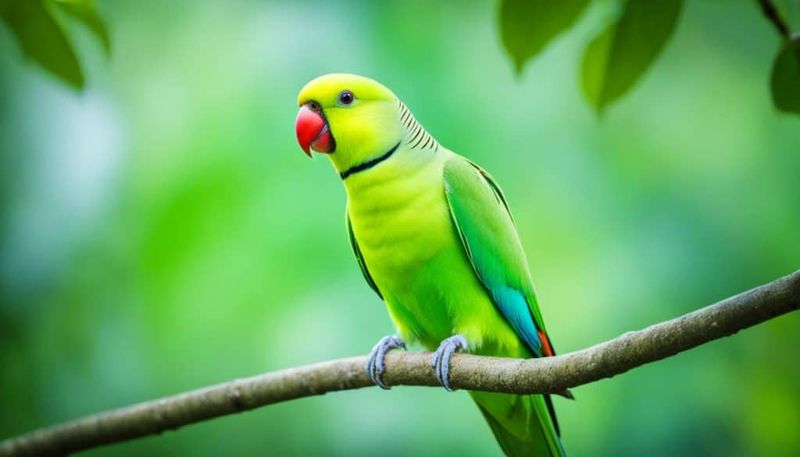
The Rose-ringed Parakeet, with its vibrant plumage, is a sight to behold. These birds are native to Africa and South Asia but have established thriving populations in urban areas of America.
Known for their adaptability, they often nest in city parks and gardens, creating challenges for local wildlife. Their loud calls and social nature make them a conspicuous presence.
Interestingly, they can mimic human speech, adding an unexpected element to their interactions with humans. Their increasing numbers highlight the need for monitoring to preserve native species.
12. Common Myna
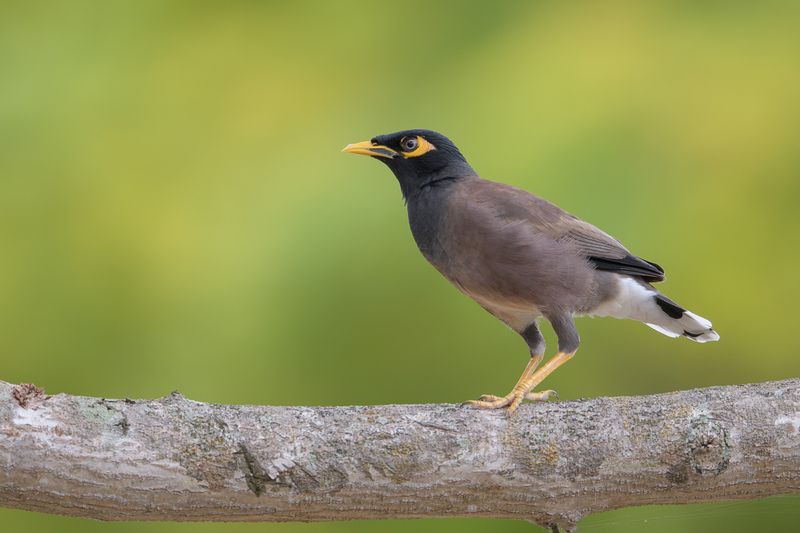
The Common Myna, originally from South Asia, has made its way to America, becoming a familiar sight in urban landscapes. Its brown body and striking yellow eye patch draw attention.
Myas are known for their intelligence and adaptability, often seen scavenging in cities. Their presence can be both entertaining and disruptive, as they compete with native birds for food and nesting sites.
Their ability to thrive in diverse environments marks them as a species to watch, as they continue to expand their range across the country.



